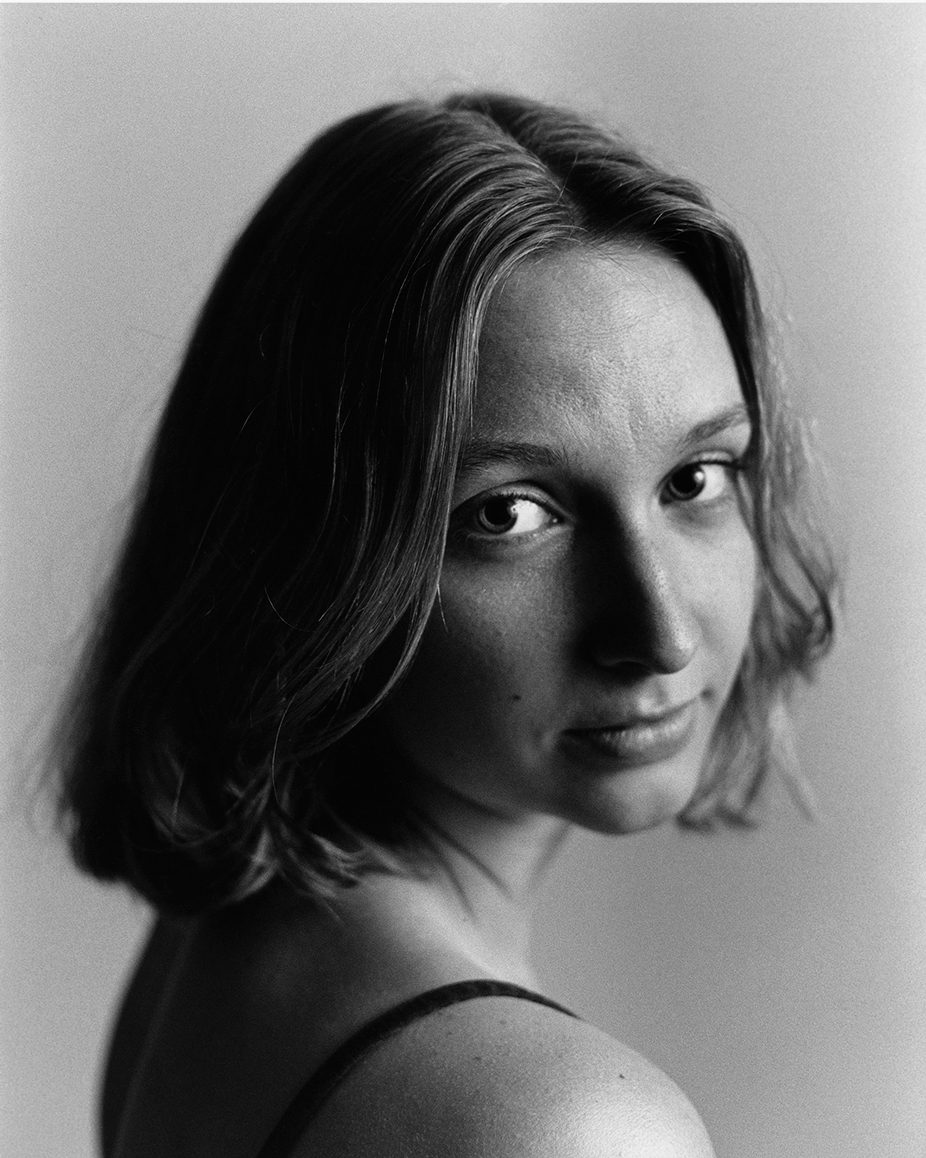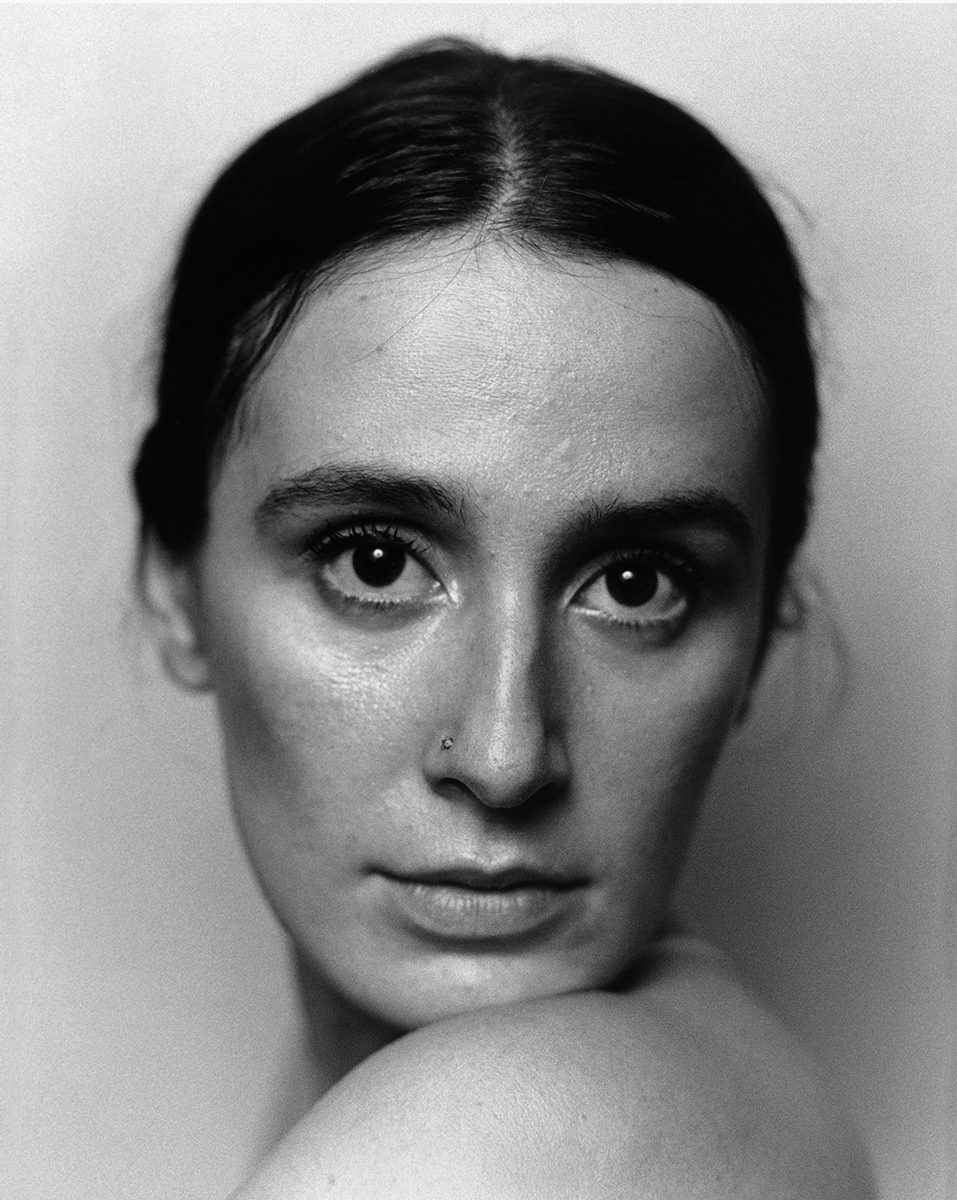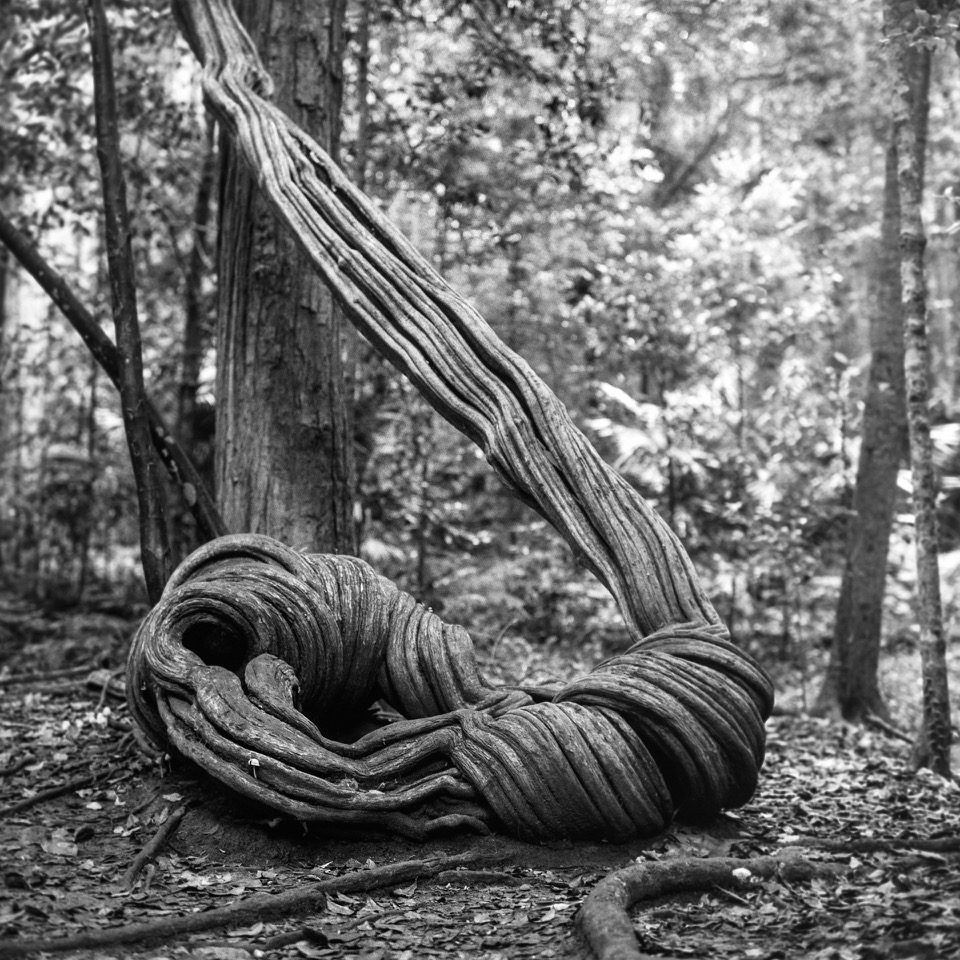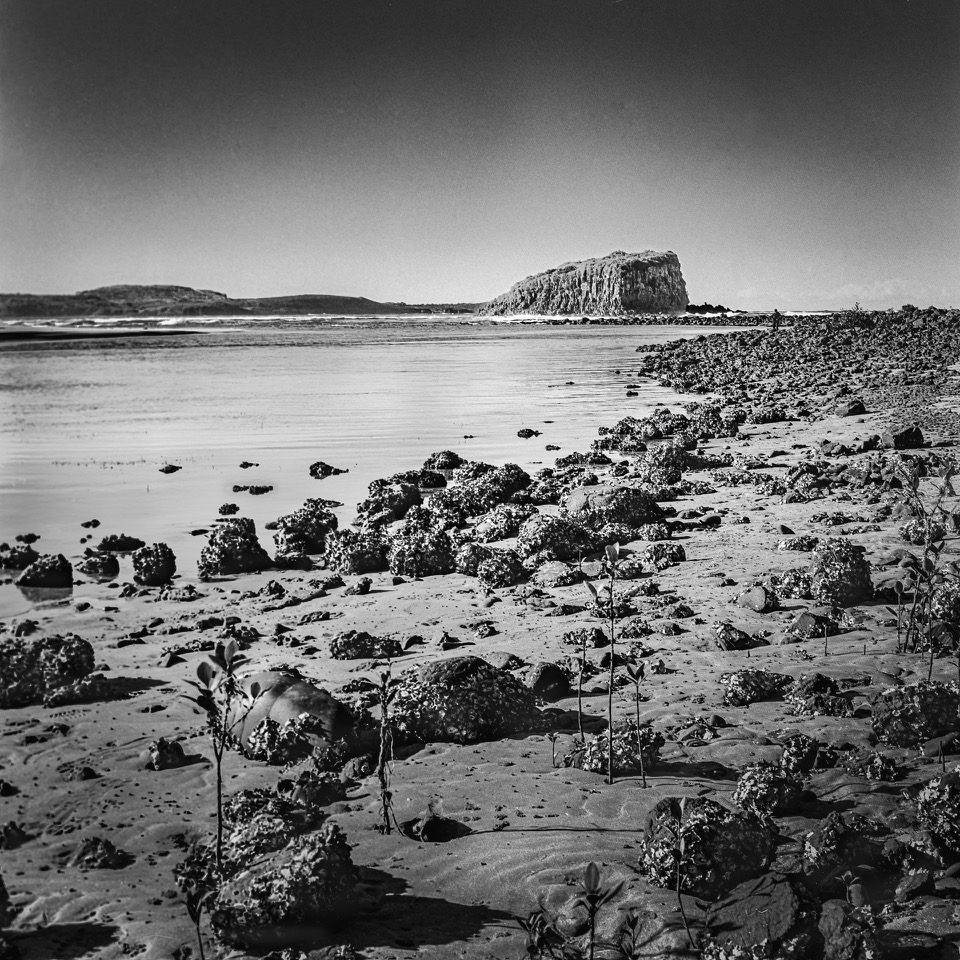An Analogue Education Posted On 4th March 2025 To Magazine & Stories

A Revelation
Just south of Sydney sitting on one of Australia’s most pristine coastlines you’ll find the regional city of Wollongong. Nestled within this city of surfers, coal miners and steelworkers you’ll find a group of students creating big things in a small darkroom.
‘Mez, I’ve been thinking a lot… I want to be a fine art black and white film photographer.’
These words from one of my TAFE NSW students, Sara, were delivered with a shakiness in her voice, utter passion in her heart, and were like music to my ears. We had already spent a few weeks in the darkroom where I had been teaching my students the art of capturing images on black and white film and hand crafting prints. I wasn’t surprised by Sara’s words; since she had come into my class many months before, I knew there was something unique about how she sees the world. I could feel she was searching for a more tangible and creative way to express herself, a creative process that would feed her soul and satisfy that yearning she has for learning new things and experimentation.
Left: ‘Eden’ by Sara Glynn, Right: ‘Danielle’ by Sara Glynn: ILFORD FP4+ 35mm film, developed with ILFORD ID-11, scan of darkroom prints developed on ILFORD Multigrade RC Deluxe Pearl Paper.
A Switch In Mindset
As a teacher at TAFE NSW, I take pride in arming my students with the real-world practical skills and experience they need to start a career in photography. Equipping them with hands-on specialised expertise such as analogue photography and printing is a critical part of our photography course. It always amazes me how well my students take to the analogue process when most of them have never shot a roll of film, let alone create a photographic print in the darkroom. It engages a different part of their creative brains. After all, it's an entirely different experience to what they are used to with the digital photographic process. Ones and zeros are replaced with silver halides and beautiful toned handmade prints replace square pixels on back lit screens.
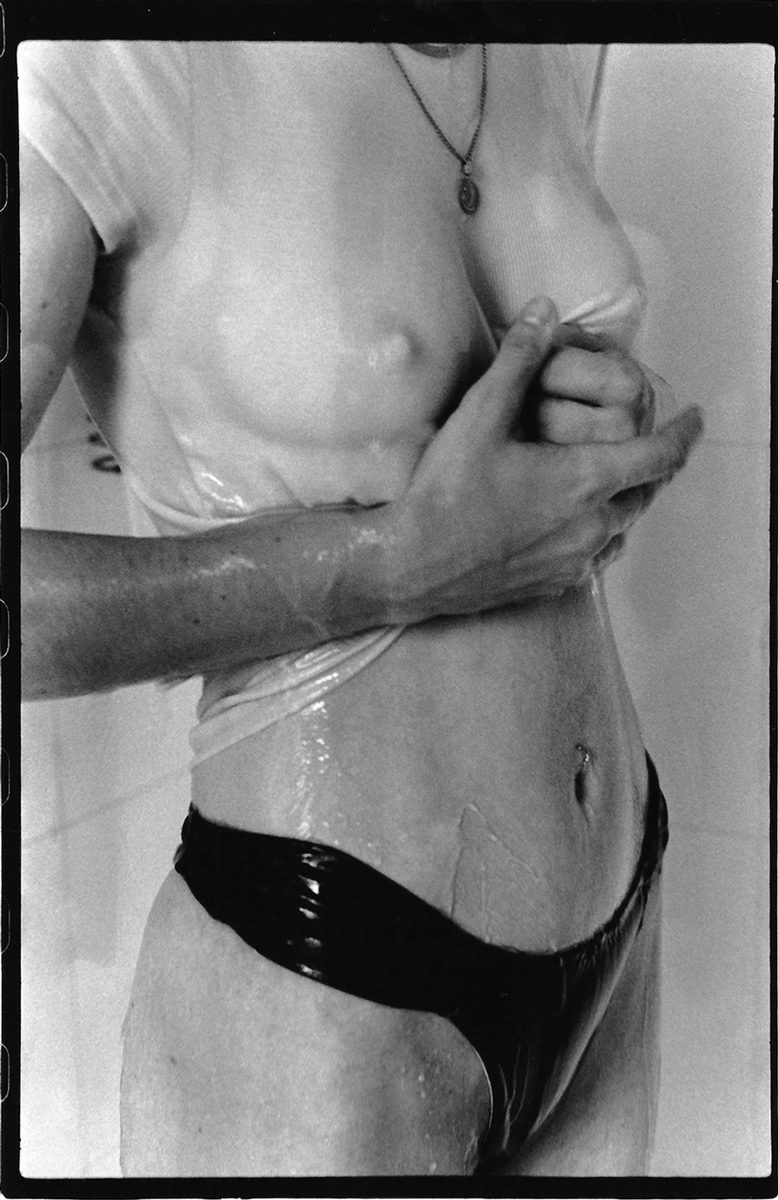
Above: ‘Untitled’ - By Magen Gonzalez, ILFORD HP5+ 35mm film, developed with ILFORD ID-11, scan of darkroom print developed on ILFORD Multigrade RC Deluxe Pearl Paper. (@magengonzalez).
THE Moment
The instant gratification of the digital sensor can make students too reliant on the technology, too focused on the end product and not on the creative process itself. When my students capture images on film they have to slow down, be more considerate, be more present in the moment and rely on all the technical knowledge and practical skills they have learned up until then. After all, they can’t check the back of the camera to see if their exposure is correct, if the shot is in focus or if they captured THE moment.
They need to know and feel that they got the shot, relying solely on intuition and experience. When they are limited by 24 shots, the work they produce is always more impactful, emotive and compositionally stronger. I urge them to take the things they learn from the analogue process and apply it to their digital capture - slow down, anticipate, wait and then take the shot.
Left: ‘Pandora’ By Simon Theuma - ILFORD HP5+ 120 film, developed with ILFORD ID-11, scanned negative. Right: ‘Rangoon Island’ By Simon Theuma - ILFORD FP4+ 120 film, developed with ILFORD ID-11, scanned negative. (@simontheumaphotography).
“I believe it’s essential for every photographer to experience darkroom printing. It teaches a deeper understanding of light, composition, and patience that is sometimes missing with digital. The hands-on process forces you to slow down, be intentional, and truly connect with the craft, while giving a unique appreciation for the art of photography. It’s a foundation that shapes how the photographer can learn to see and create, even in the digital world.” - Simon Theuma, 2024 graduating student of Certificate IV in Photography and Digital Imaging at TAFE NSW.
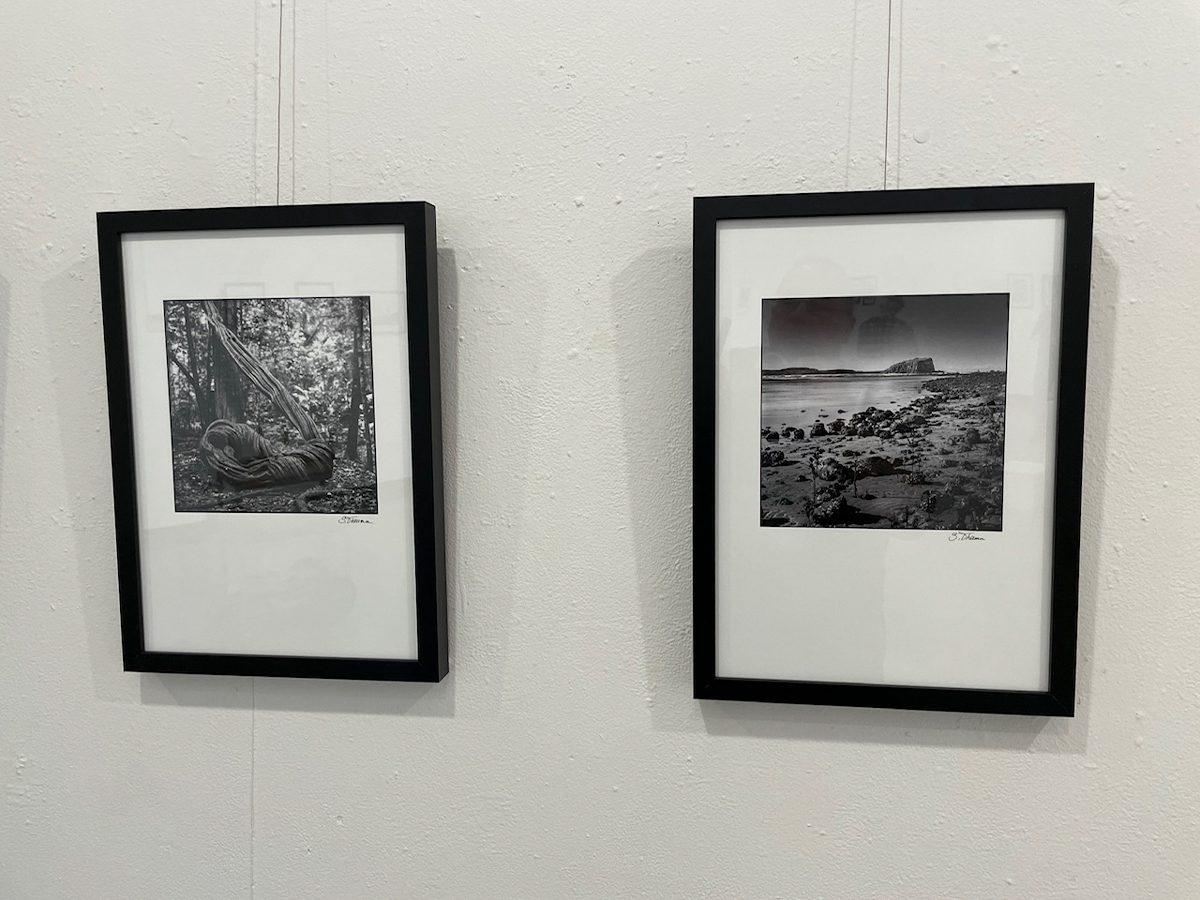
Simon’s darkroom prints developed on ILFORD Multigrade RC Deluxe Pearl Paper displayed at the graduation exhibition, June 2024.
The Wonder Of The Darkroom
The joy of seeing a student's face when their first print appears in the developer tray is magical. It’s like they can’t believe it’s real. As their vision slowly emerges, something solidifies in their minds: ‘I can do this, look what I have created’. The agency they get from creating a photographic print out of nothing is something that only this traditional process can provide them with. It feeds them in ways seeing their work on a screen or sending their files off to a printer cannot. They alone have crafted this work by hand - they mixed the chemicals, loaded the film, developed the roll - agitating, tapping and timing their way to a perfectly developed negative. They hand craft the tone, the contrast and the dodging and burning of the prints. It’s all up to them.
“There is just something about returning to traditional methods that really makes you feel like an artist. Watching my work appear before my eyes in the developer really felt like magic! Developing the negatives always felt like a huge adrenaline rush to me - ensuring that the timings and temperature were all correct were essential in ensuring that my negatives were properly developed and did my hard work justice!” - Sara Glynn, 2024 graduating student of Certificate IV in Photography and Digital Imaging at TAFE NSW.
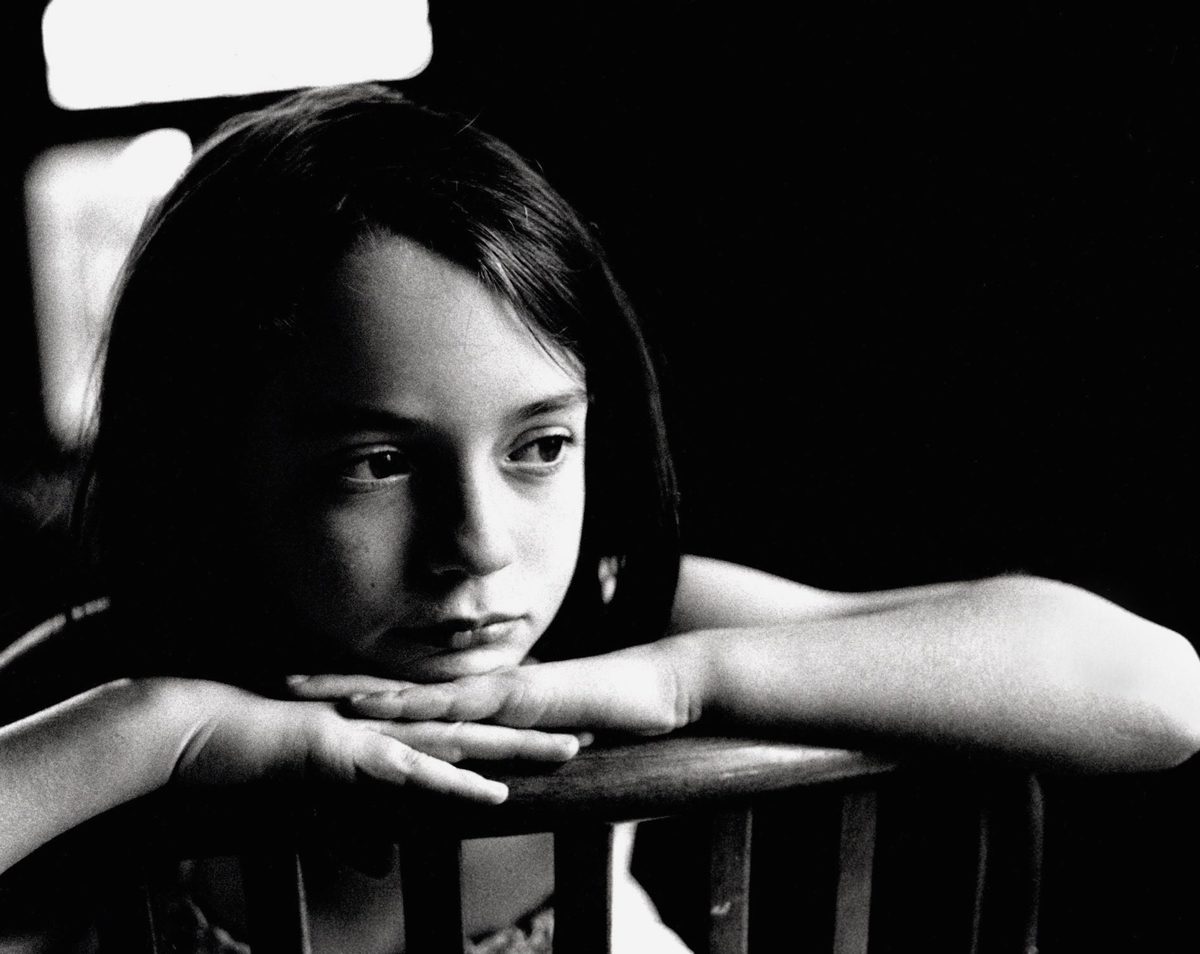
Above: ‘Untitled, 2024’ - By Melanie Barnes ILFORD HP5+ 35mm film, developed with ILFORD ID-11, scan of darkroom print developed on ILFORD Multigrade RC Deluxe Pearl Paper.
Trust The Process
At first, every student is daunted by the process. They question me - ‘What if it doesn’t come out?’; ‘What if the exposure isn’t right?’; ‘How do I know it took the picture?’. They have become so accustomed to an instantaneous photographic world that they are so unsure of themselves, like they are beginners all over again. I tell them, ‘Trust the process.’ After successfully capturing and developing their first roll of film they are totally at peace with the process, more confident than before and are begging me for more film.
A Return To ILFORD...
When I started teaching photography at TAFE NSW two years ago, I was utterly delighted to find my campus darkroom was completely stocked exclusively with ILFORD products - film, papers, and chemicals. ILFORD has always been my film of choice, I’ve never stopped shooting it, but it had been over 14 years since I had stepped into a darkroom. To say I was nervous was an understatement. I came into the darkroom before my first class to do a refresher and it was like riding a bike. As soon as the lights were out and my eyes adjusted to the red glow of the safety lights, I was home. Every now and then I get to produce my own prints along with the students and sharing that creative experience with them, comparing contact sheets and test strips is a humbling and joyful one.
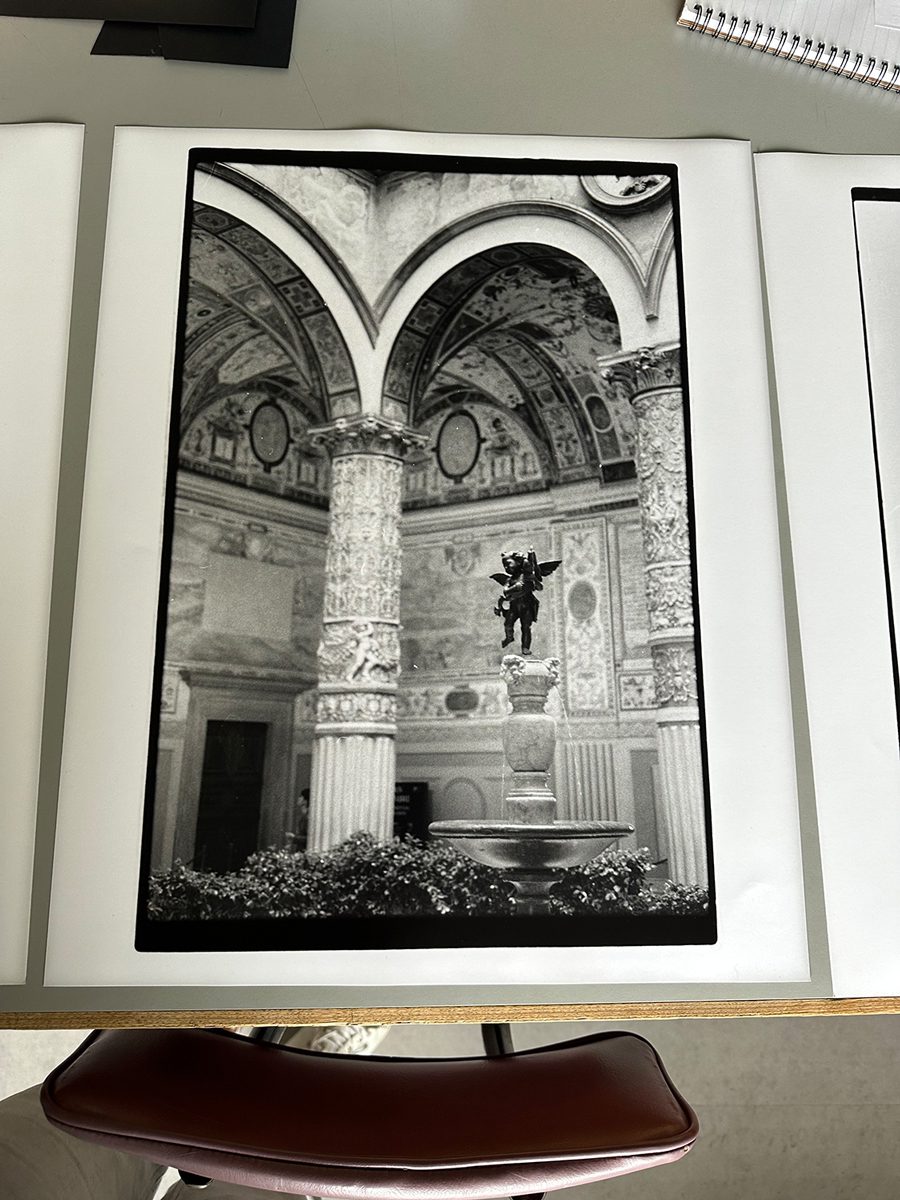
Above: ’Florence’ - By Meredith Schofield ILFORD HP5+ 35mm film, photo of a darkroom print developed on ILFORD Multigrade RC Deluxe Pearl Paper.
A Legacy...
It’s not lost on me, the importance of combining the digital and analogue photographic worlds to deliver a truly comprehensive and creative curriculum to my students. I’m proud to be working in a team of teachers who have this knowledge and at a campus that has the resources to give our students the best photographic education we can. If they walk away with a better understanding of the art of photography, the history and the importance of the creative process then I've done my job.
‘Visit tafensw.edu.au for more information about photography and other courses’.
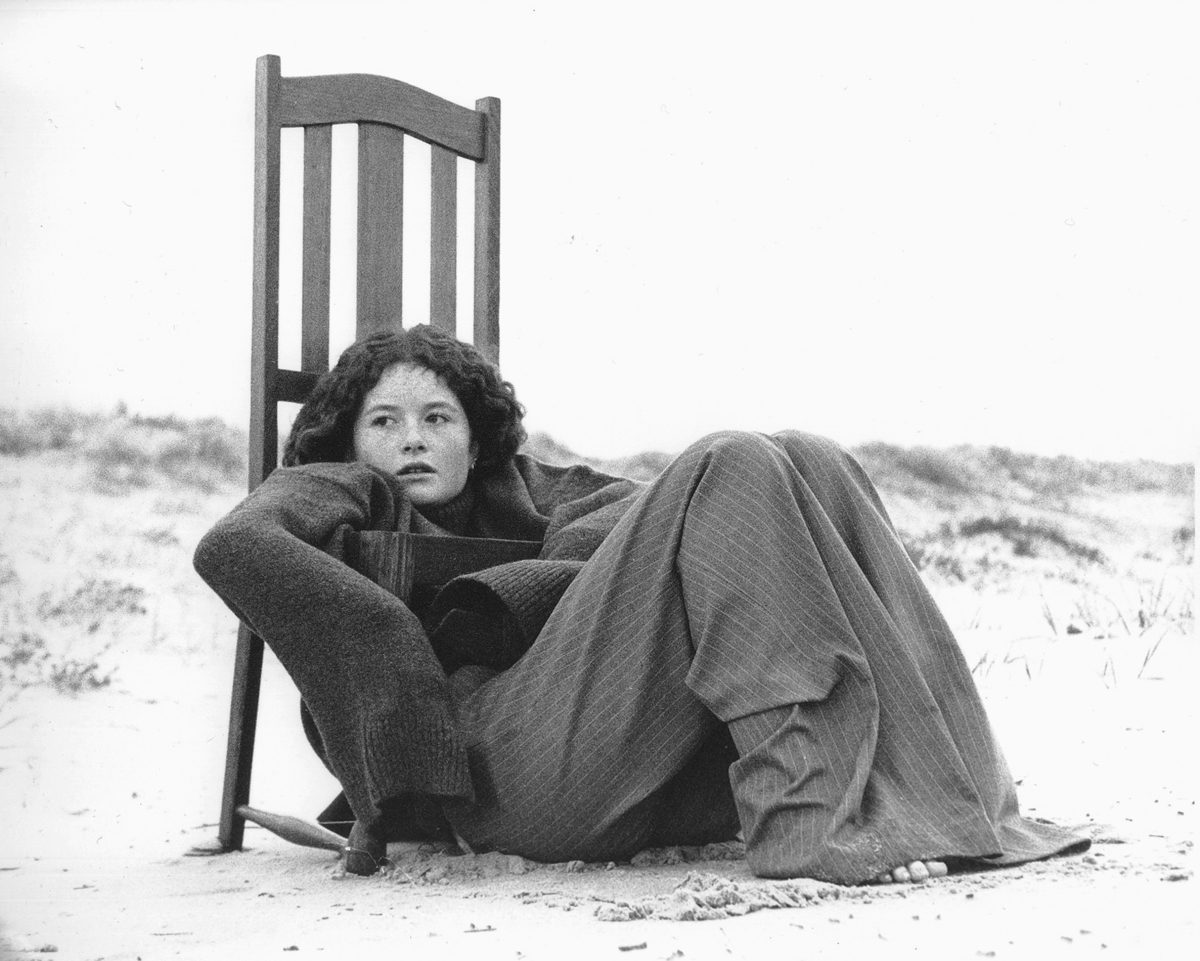
Above: From the Sunken Series - By Meg Jones, ILFORD FP4+ 35mm film, developed with ILFORD ID-11, scan of darkroom print developed on ILFORD Multigrade RC Deluxe Pearl Paper (@meggjones3).
About The Author

Meredith ‘Mez’ Schofield
Meredith ‘Mez’ Schofield is a best selling author, photographer and educator based in Wollongong on the New South Wales south coast of Australia. She has a unique talent for storytelling that has seen her work commissioned and published across the globe. Her passion is in telling authentic stories, capturing images that evoke an emotional response and educating others to use photography as a tool for self expression and social change.







